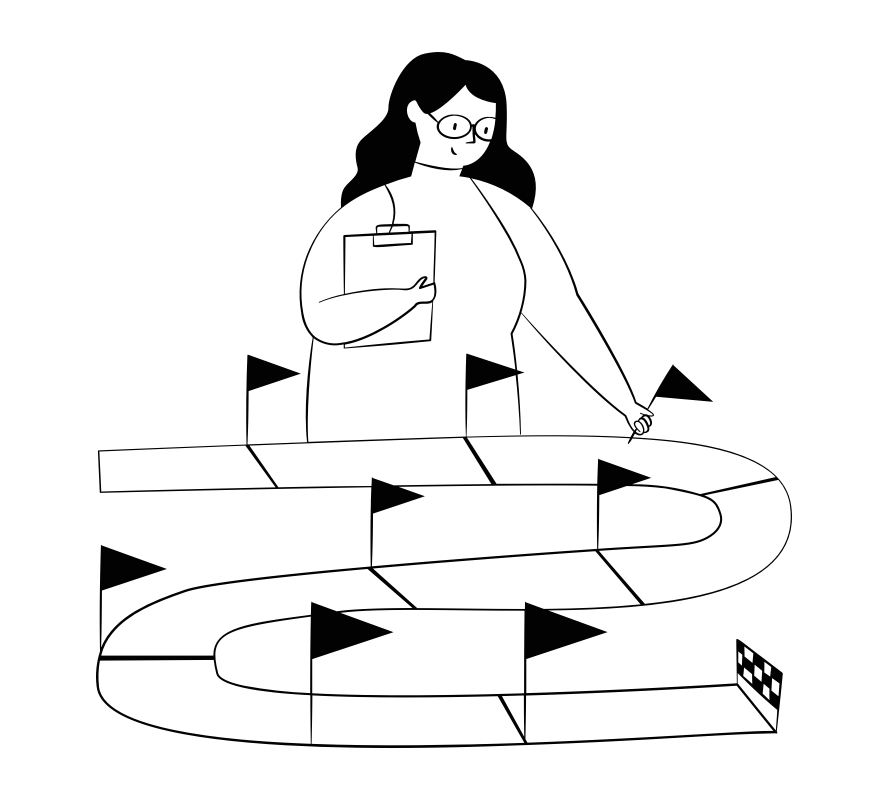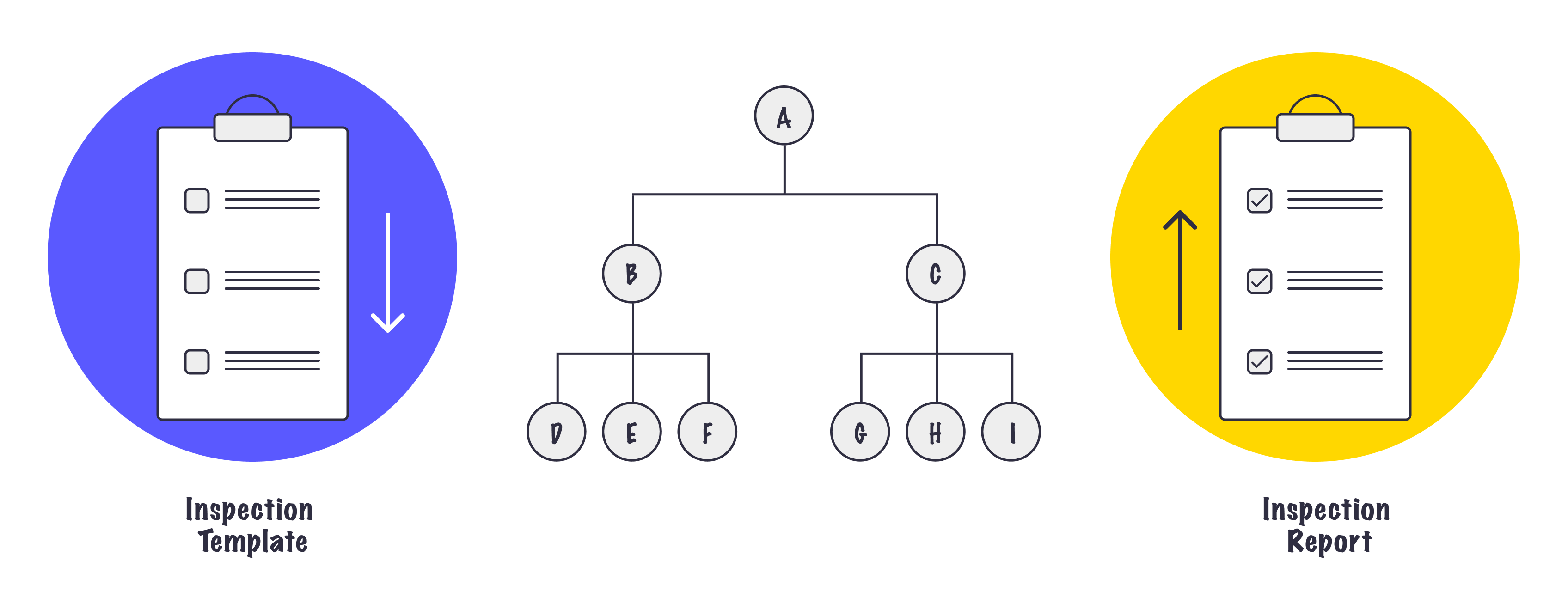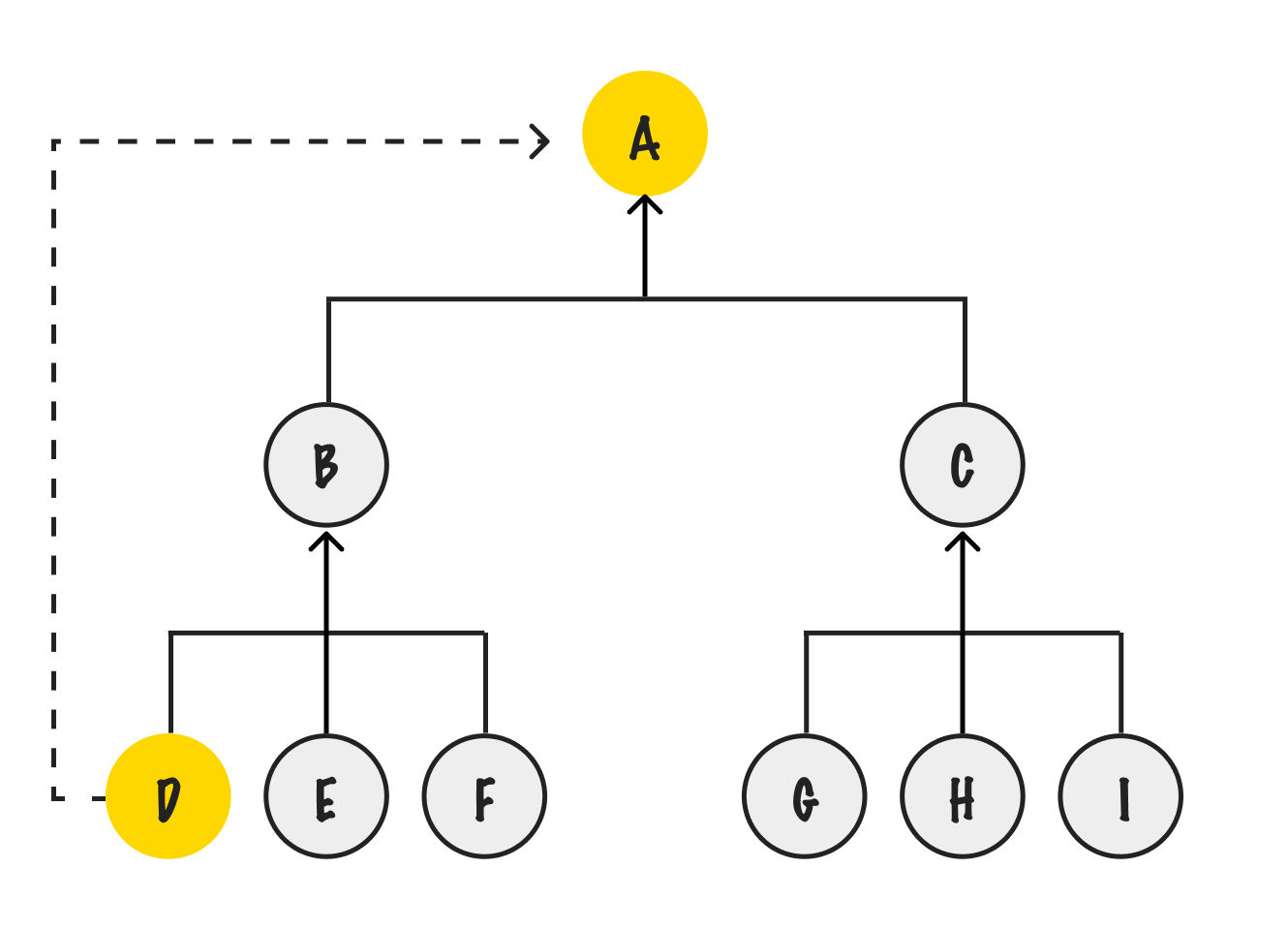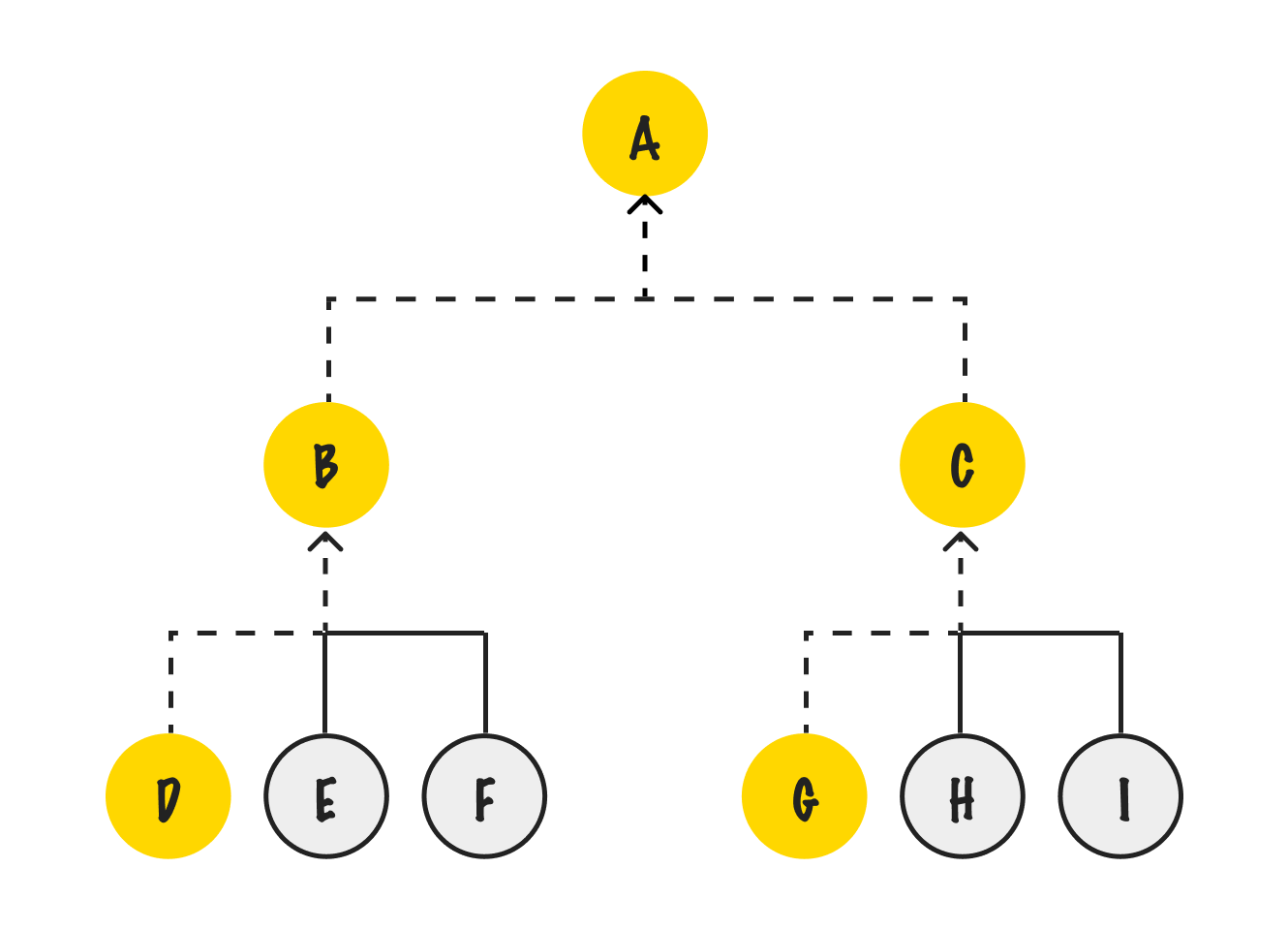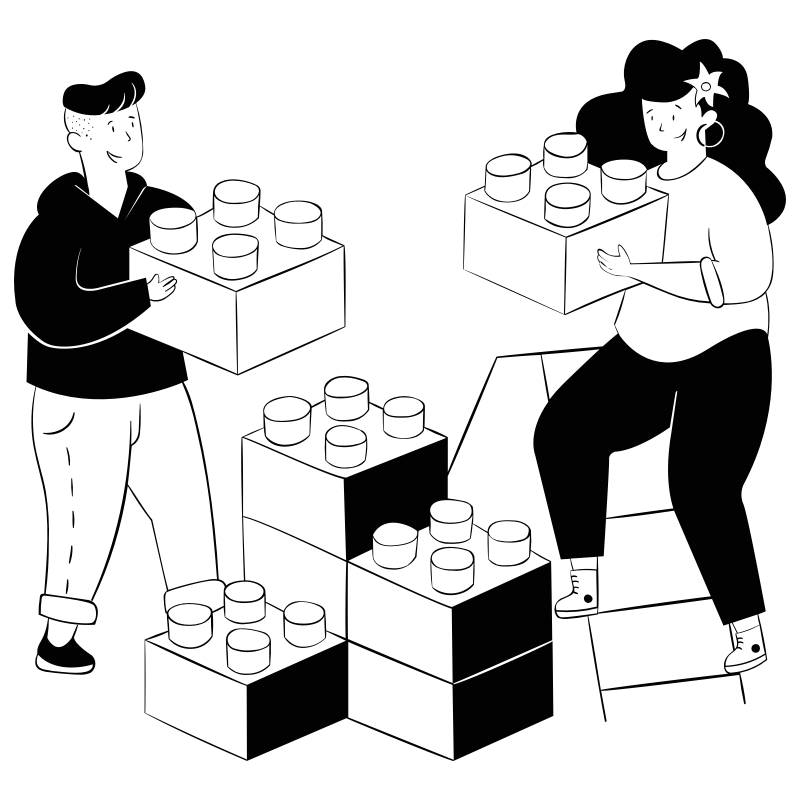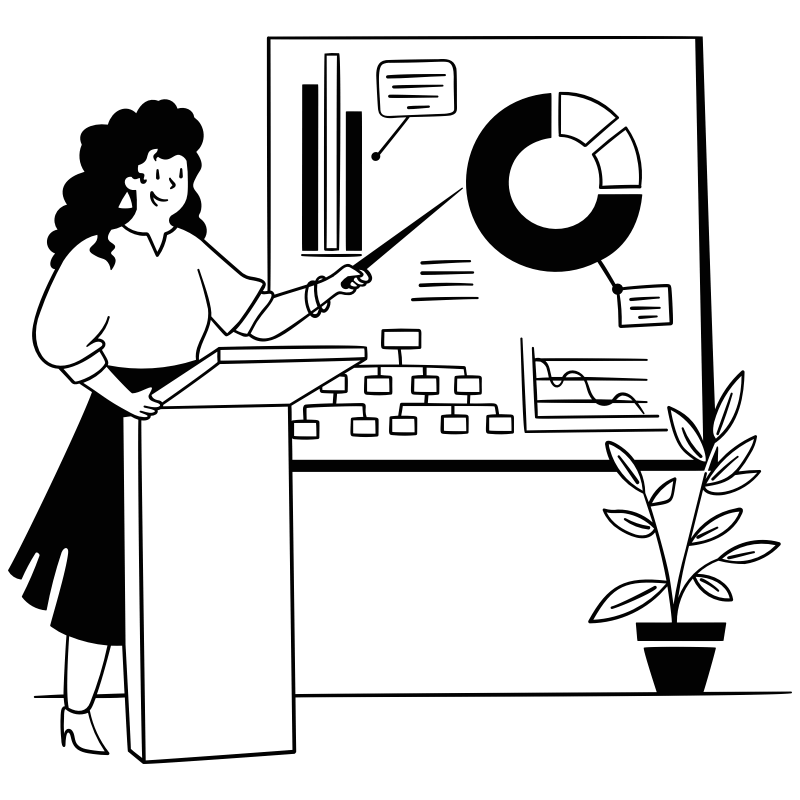In 2018 I joined the Team Management team at SafetyCulture as a Product Designer. This teams key responsibility was enabling iAuditor customers to rapidly expand and manage their users. I worked with researcher Dylan Mathiesen to understand the growing complexities that iAuditor administrators faced when managing their users.
During this process we:
- Pulled the brakes on what was fast becoming a solutions led project.
- Defined and delivered a vision for the future of Team Administration within iAuditor.
- Established a repeatable process for presenting complex visions and proposals to stakeholders.
The Initial Problem
What had worked for small and medium-sized teams, wasn’t scaling to meet the needs of large organisations.
Within iAuditor, there are two key types of users:
- Users who are responsible for conducting inspections, these users require inspection templates to be shared to them.
- Users who require access to completed inspection reports, these users require completed inspection reports to be shared to them.
In an effort to streamline the sharing process, iAuditor offered the ability to group users and apply sharing rules at the group level.
However, as larger teams started to use iAuditor, this flat model of grouping users for sharing became cumbersome. Large organisations were creating multiple groups with complex naming structures to accommodate their business rules. As a result, organisations set up multiple sharing rules that became impossible to manage and keep track of.
A Preconceived Solution
The popular opinion among SafetyCulture staff was that sharing could be automated, simplified and more manageable if we supported nested groups, thus establishing a tree structure (mirroring a typical enterprise hierarchy). It was hypothesised that inspection templates would share down the tree, and completed inspections reports would share up.
For example, as illustrated in the below digram, if an inspection template was created at node A, everyone under node A would have access to that inspection template. If node E conducted an inspection, the completed inspection report would automatically share up to nodes B and A.

